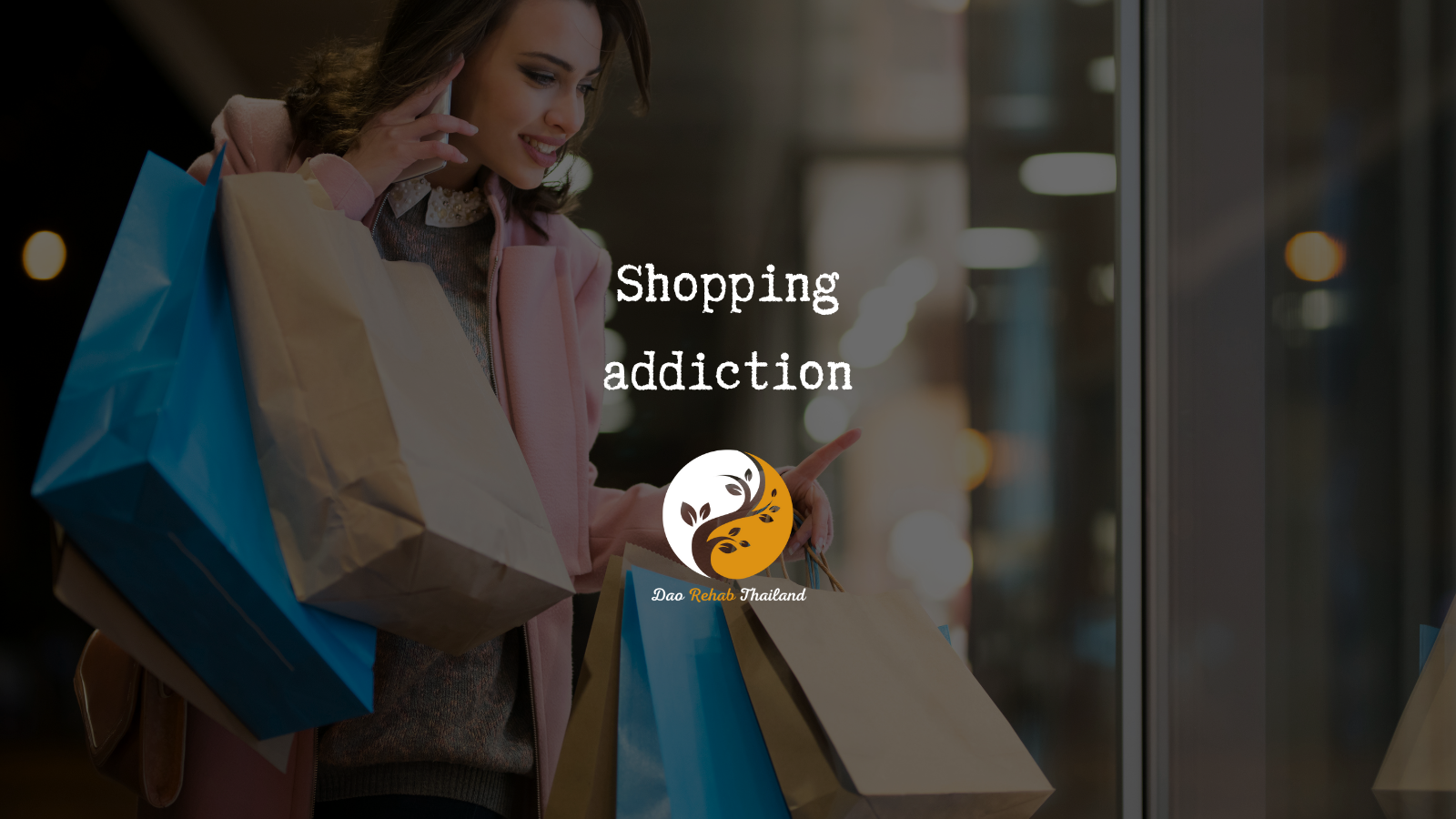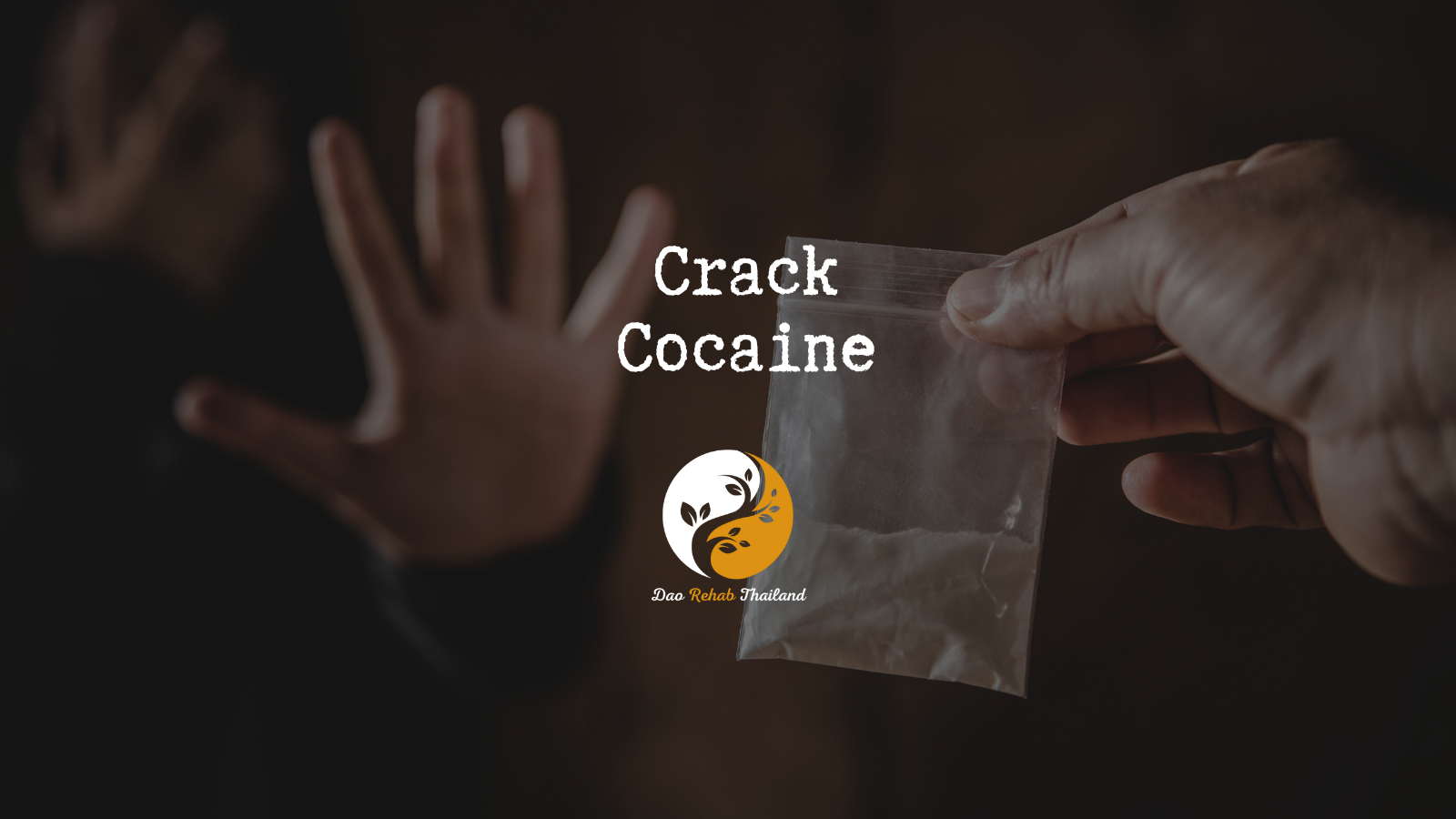
Shopping addiction Treatment in Thailand
Shopping addiction
“Turning the impossible into possible”

"Detox from Shopping addiction at a Luxury Holistic Center in Thailand and Israel"

Shopping addiction – shopaholic syndrome.
Today, it is commonly believed that most of those suffering from shopping addiction are women. In my opinion, this way of thinking is incorrect, as the urge to shop affects both men and women and is accompanied by negative feelings of tension, anxiety, stress, and a sense of relief after making a purchase.
DaoTherapy understands that focusing on the quantity, quality, and frequency of shopping distracts from the main issue. The real question is not whether shopping is an addiction, but rather why individuals are driven to shop in the first place.
"Holistic Center for Trauma, Addiction, and Mental Imbalance Treatment in Thailand"
“Come to the beginning of the journey to freedom from addiction to alcohol, drugs, and pills, and rediscover your life within the quiet embrace of DaoTherapy Rehab in Thailand—where holistic healing meets empowering recovery.”
DaoTherapy Holistic Rehab
Key Elements of Shopping addiction:
Medical Supervision: Shopping addiction detox must be conducted under medical supervision, as the body may experience withdrawal symptoms. These can include nausea, anxiety, muscle aches, and insomnia. A medical team will monitor and manage these symptoms to ensure the patient’s safety and comfort.
Holistic Therapies:
Holistic Therapies: Many detox programs incorporate holistic therapies such as mindfulness, yoga, and meditation to help individuals cope with stress and anxiety during the detox process. These therapies support the mind-body connection and contribute to overall recovery.
Tapering Process
Tapering Process: Shopping addiction detox often involves a gradual tapering of the drug to reduce withdrawal severity. Doctors will slowly decrease the dosage over time to allow the body to adjust to lower levels of the substance.
Psychological Support:
Psychological Support: Like any addiction recovery process, detox from Shopping addiction includes psychological support. This can involve counseling, therapy, or support groups to address the mental and emotional aspects of addiction.
Post-Detox Treatment:
Post-Detox Treatment: After completing detox, continuing treatment is crucial to prevent relapse. This often includes participation in ongoing therapy, group support, and the development of new coping strategies to maintain sobriety.
What is shopping addiction?
Addiction is generally characterized by compulsive and obsessive behavior aimed at achieving stimulation or excitement, which continues even when it leads to negative and destructive consequences, often at the expense of other essential needs in an individual’s adult life.
“Shopping addiction, like any other addiction, requires a change in approach, perception, past beliefs, and how one addresses deep-seated deficiencies. Contact DaoTherapy today for treatment.”
The main issue is not whether shopping is addictive or whether it has side effects.
Shopping Addiction – Shopaholic Syndrome Treatment with DaoTherapy
Shopping addiction is one of several behaviors categorized as compensatory actions, such as “I deserve compensation for being a victim,” “I worked hard and deserve this,” or “I deserve it because my partner does not pay attention to me.” This addiction creates a connection between shopping and the improvement of emotional states that stem from a wide range of issues.
We live in a “shopping culture,” constantly bombarded by advertisements on every device. Everywhere we look, we see people with shopping bags, and everyone is talking about what they want to buy or what they bought. This culture of abundance has fostered shopping addiction, creating anxiety among addicts about not keeping up with the pace of life.
The global push for shopping sustains the world economy, but there are also familial aspects, such as a child accustomed to taking everything from their mother—food, pictures, money, etc.
For them, the mall becomes a substitute for a father or mother who is supposed to satisfy their insatiable consumption and greed, which reflects an internal hunger that knows no end.
People shop because they feel “down” or deflated; buying a desired gift may immediately (for a moment or several) improve their mood. This notion holds some truth, as gifts do indeed lift spirits. We all love receiving gifts, and in the brief period following a purchase, one feels better. However, this way of coping with emotional distress shifts the solution externally, tying it to outside and economic factors.

contact us
Contact us with your questions
We would love to speak with you! Feel free to reach out with any questions.

get in touch
Schedule a free consultation
Schedule a free consultation with our team and let’s make things happen!
A variety of emotional difficulties.
Shopping addiction can, in fact, arise against the backdrop of various emotional difficulties, the most prominent of which include low self-esteem, depression, anxiety, obsessive-compulsive disorder, and similar issues.
Individuals suffering from this addiction often claim that shopping frees them from difficult emotions such as sadness, loneliness, tension, defiance, vengefulness, greed, anger, stress, and more.
The main drawback of this coping style is that the individual attributes all their troubles and problems to not having enough money to buy everything they desire.
This leads to a false belief that if they only had enough money, they would be happy. They fail to understand the nature of the addiction, which means that no matter how much money they have for shopping, they will always want more.
The problem is internal; the deficiency is internal. A wealthy person is not one who has a lot of money and needs many things but one who needs little and focuses on needs rather than desires. This is a fundamental difference.
Buying is something everyone does, and everyone engages in shopping to some extent. What one needs is honesty with oneself to understand if they have crossed the line—if it controls them, manages their life, affects their self-image, bank account, and emotions.
Shopping addiction is a global epidemic, and the solution lies in psychological, emotional, mental, and spiritual work. Emptiness is at the heart of shopping addiction.
Additionally, compensatory shopping can become a source of distress in itself when a person feels the need to “compensate” by purchasing items beyond their financial means. Overall, shopping acts as a distraction from the real source of discomfort, and like all distractions, it does not hold up in the long run.
At first glance, it may seem like a nice gesture; however, in reality, buying gifts without addressing the deeper interpersonal conflict—whether in romantic relationships, friendships, work, or family—will not resolve the issue. Over time, it may even provoke antagonism as it may be seen as a way to avoid meaningful discussion and resolution of significant conflicts.
The consequences of severe shopping addiction, which leads to a real loss of control over spending, can be disastrous for both the individual and their family. Therefore, immediate treatment is necessary upon recognizing such behavior.
How to cope with shopping addiction or compulsive shopping sprees?
Admit the problem of addiction.
Seek help.
Surrender the desire for shopping to a higher power.
Conduct a comprehensive moral inventory.
Share the issue with someone.
Work on flaws and shortcomings.
Embrace humility.
Make internal amends.
Adopt daily practice.
Enhance spiritual work and meditation.
Pass on the hope to others that change is possible.








